
Predicting the Woman Hairstyles of the Future: 7 Trends Shaping the Next Decade | Tech & Sustainability
12 min read

12 min read

12 min read
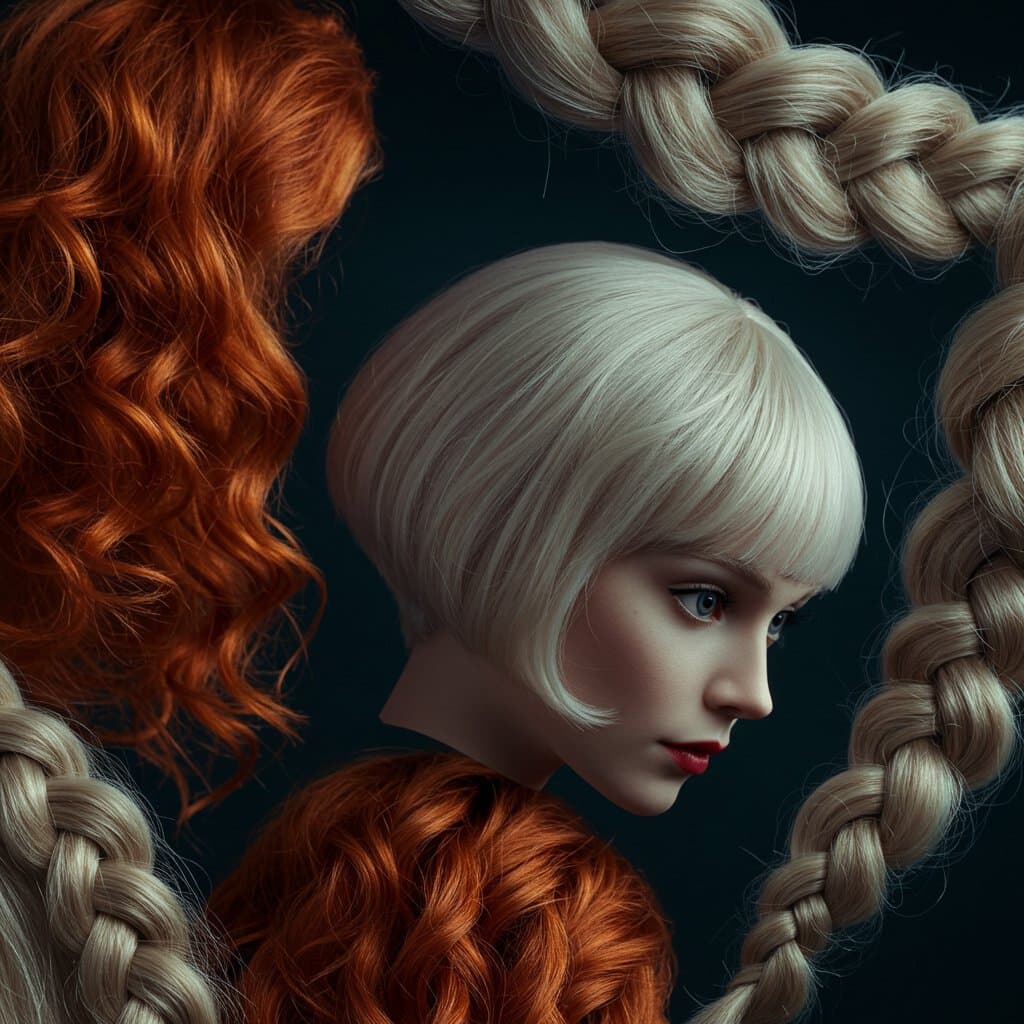
14 min read
Download our app to instantly see how you'd look with any hairstyle or color
Get the App
13 min read
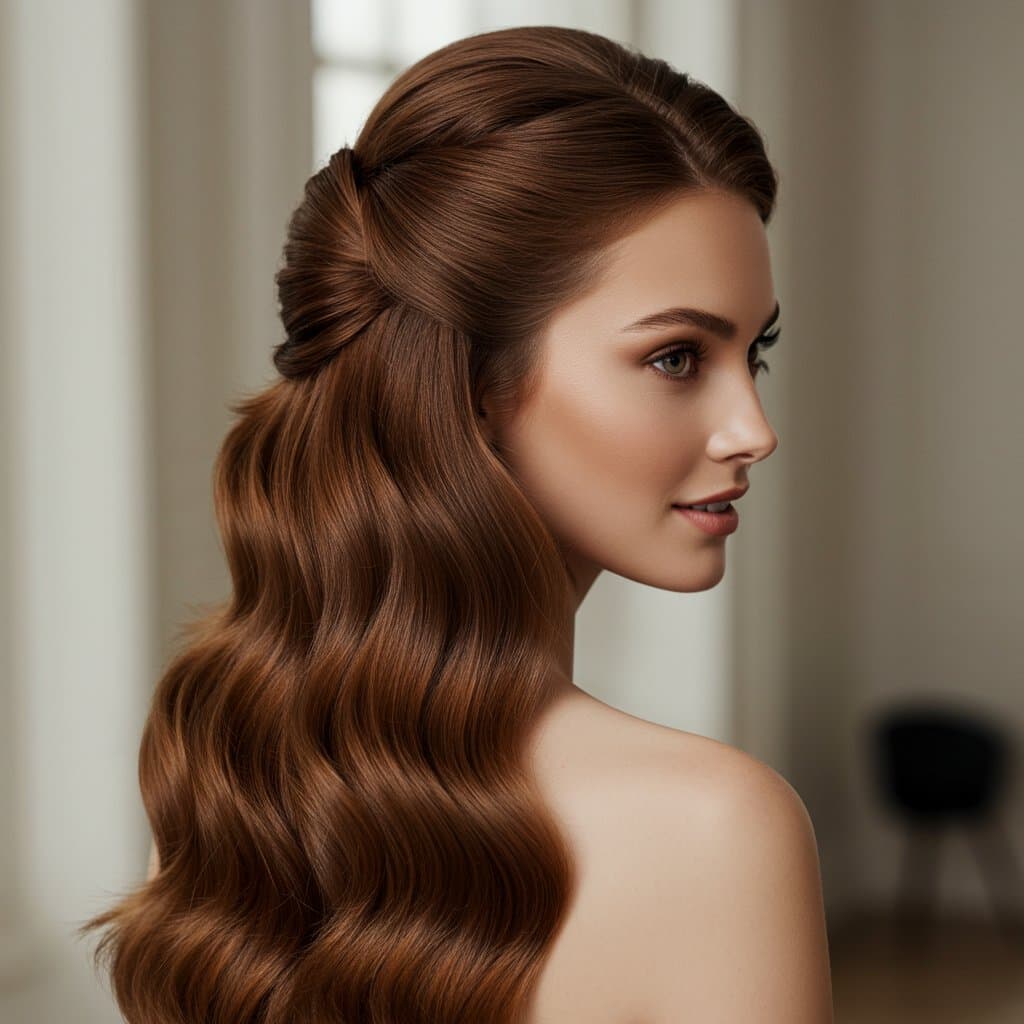
12 min read

13 min read
Download our app to instantly see how you'd look with any hairstyle or color
Get the AppA head covering is one of the most visible and profound statements of personal and cultural identity a person can make. From the elegant drape of a silk hijab to the intricate wrap of a Gele, these garments are far more than simple accessories. They are woven with centuries of history, faith, and personal narrative. Understanding the cultural significance of the hijab and other head coverings is essential to appreciating the diverse tapestry of global beauty. It allows us to move beyond surface-level interpretations and see these practices as powerful expressions of identity, devotion, and heritage. For many, a head covering is a deeply personal choice that connects them to their community, their faith, and their ancestors.
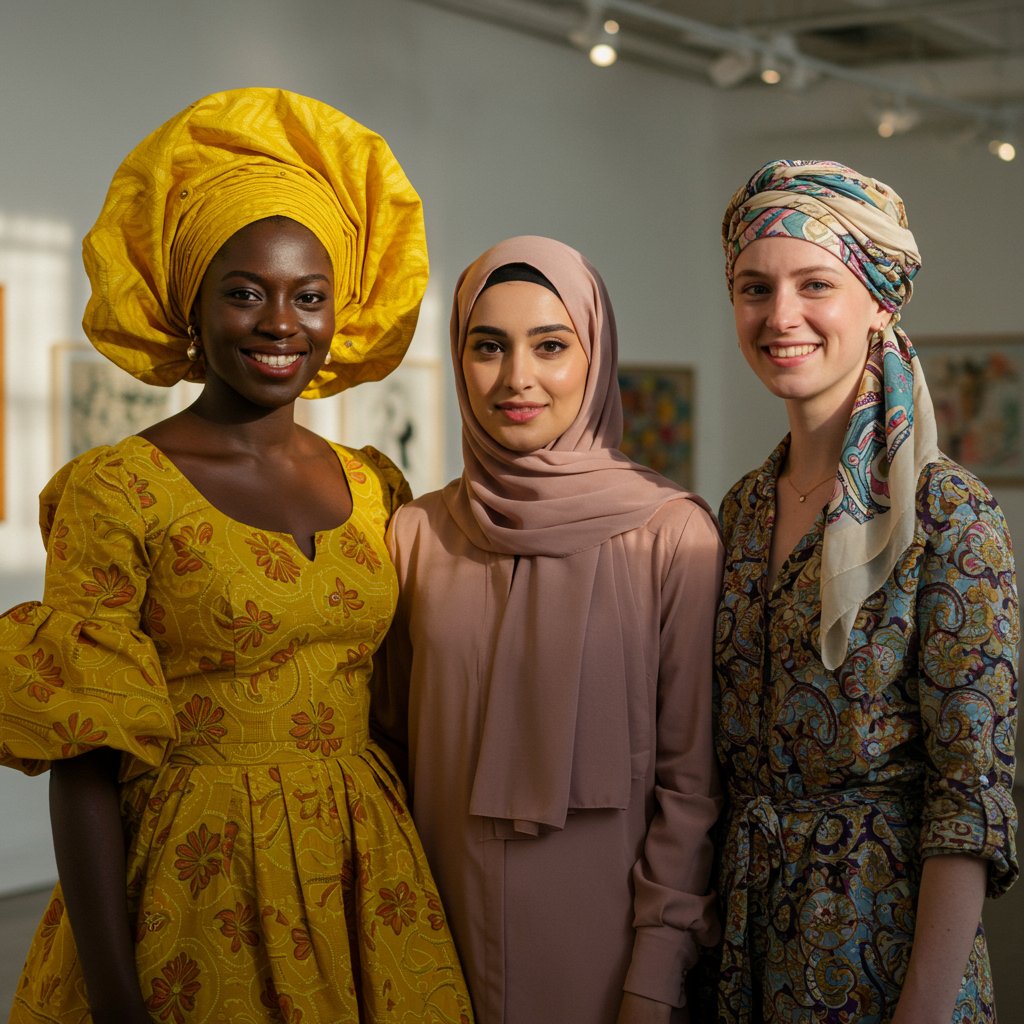
This comprehensive guide will journey through the multifaceted world of head coverings. We will explore their ancient origins, delve into their religious importance, and celebrate their evolution into modern statements of fashion and empowerment. Furthermore, we will address a crucial aspect often overlooked: the specialized hair care required to maintain healthy, beautiful hair underneath. By fostering a deeper understanding, we can better appreciate the choices individuals make and recognize the unique beauty inherent in these traditions. This exploration is not just about the cloth itself, but about the stories, beliefs, and identities of the people who wear them.
The practice of covering the hair is not exclusive to any single religion or region; its roots are ancient and widespread, stretching back to the dawn of civilization. Long before its association with Islam, veiling was present in various forms across Mesopotamia, the Greco-Roman world, and ancient Persia. In these societies, a head covering often signified social status, marital state, and respectability. For example, a 13th-century BCE Assyrian law dictated that respectable married women and widows must veil in public, while prostitutes and enslaved women were forbidden from doing so, making the veil a clear marker of social hierarchy.

In ancient Greece and Rome, veiling was also common among esteemed women. It was a symbol of modesty, protection, and a wife's devotion to her husband. Art and literature from the period depict goddesses and noblewomen with their hair covered, signifying their virtue and elevated status. Similarly, early Christian and Jewish traditions incorporated head coverings as a sign of piety and reverence during worship. The apostle Paul’s letters in the Christian New Testament mention women covering their heads during prayer, a practice still observed by some denominations today. This historical context is crucial because it demonstrates that veiling has always been a practice rich with diverse, layered meanings, long predating its modern associations and showing a near-universal human impulse to assign deep significance to adorning the head.
For millions of Muslim women around the world, the hijab is a profound symbol of their faith and a direct connection to their relationship with God (Allah). The term 'hijab' itself, in its broadest sense within Islam, refers to the principle of modesty and includes behavior and dress for both men and women. The physical headscarf is the most visible application of this principle for women. The decision to wear the hijab is a deeply personal one, often undertaken as an act of worship and obedience to divine guidance found in the Qur'an. It is seen as a way to prioritize one's inner character and intellect over external appearance, shifting the focus of public interaction from physical beauty to personal substance.
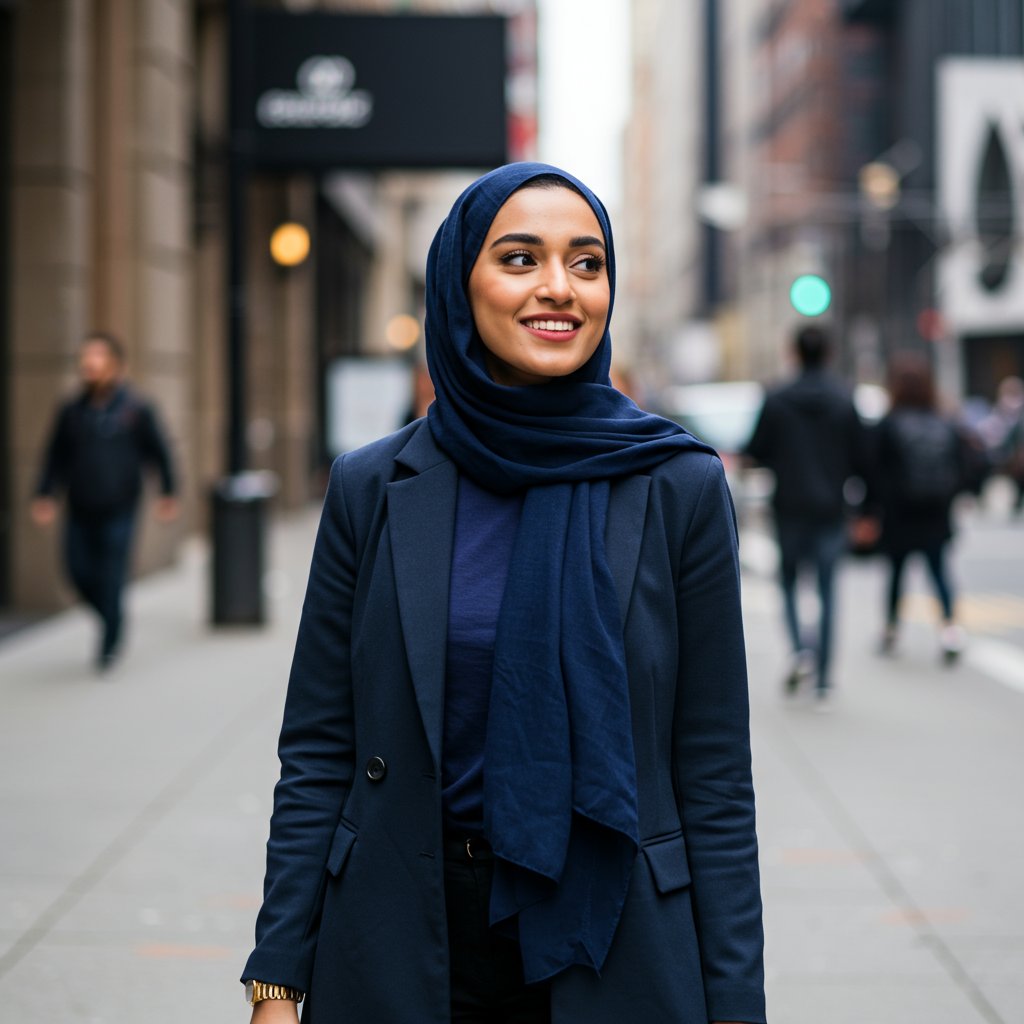
Beyond its spiritual significance, the hijab is a powerful and visible marker of Muslim identity in a world where that identity is often misunderstood. For many, especially in non-Muslim majority countries, wearing it is a courageous declaration of their faith and a rejection of societal pressures to conform. It can be an act of empowerment, giving a woman control over her own body and who gets to see it. While external debates often frame the hijab in terms of oppression versus liberation, for the majority of women who choose to wear it, the narrative is one of personal agency, spiritual fulfillment, and proud identification with a global community of faith. The cultural significance of the hijab is therefore inseparable from this deep well of personal and religious meaning.
While the hijab is widely recognized, it is just one thread in a rich, global tapestry of cultural and religious head coverings. Each has its own unique history, style, and significance, reflecting the diverse beliefs and traditions of humanity. Understanding these different practices enriches our appreciation for the universal language of adornment and identity.
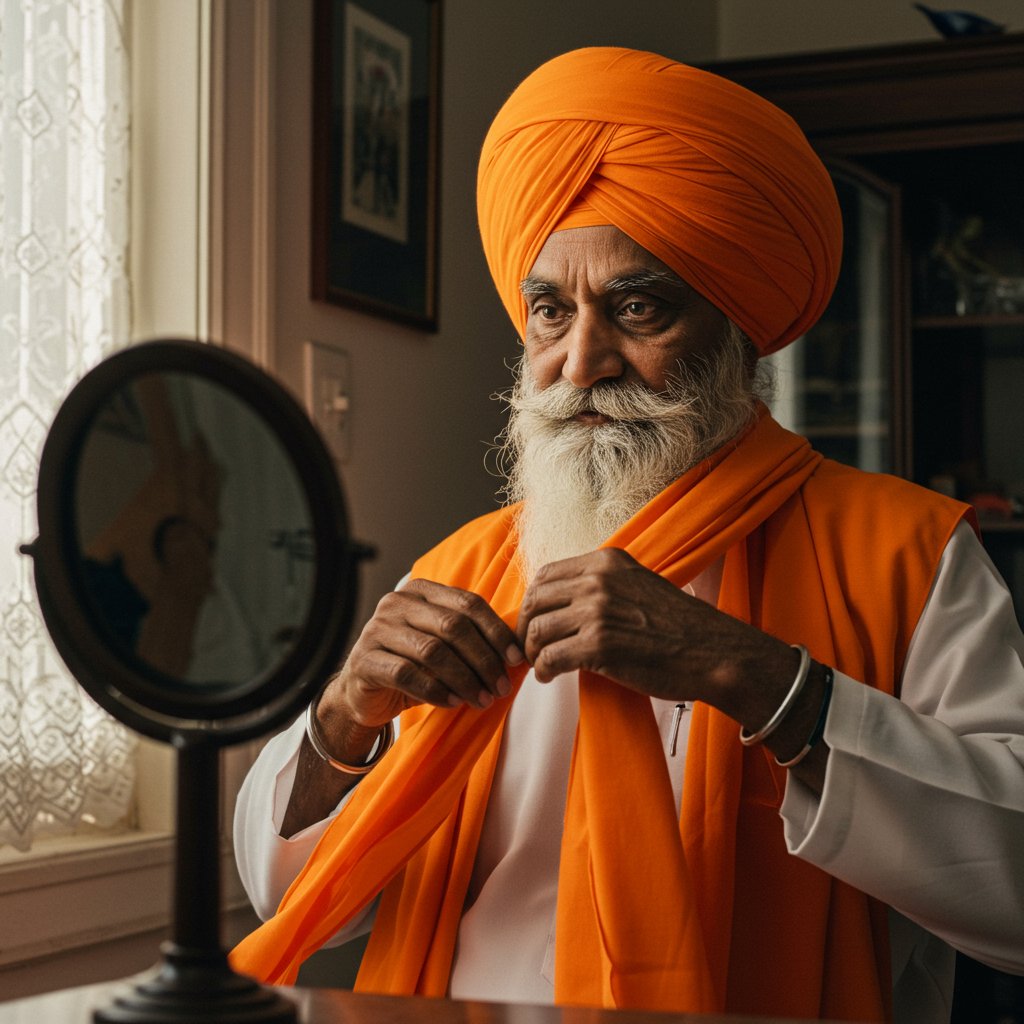
In the modern era, the head covering has moved beyond its traditional religious and cultural contexts to become a potent symbol in political and social arenas. For many women, the choice to wear a hijab, turban, or other covering is a deliberate act of reclaiming their narrative and challenging stereotypes. In the face of rising Islamophobia or xenophobia, wearing a hijab can be a form of peaceful resistance—a visible assertion of one's right to exist and practice one's faith without fear. It challenges monolithic, often negative, portrayals of their communities and asserts a proud, unapologetic identity.
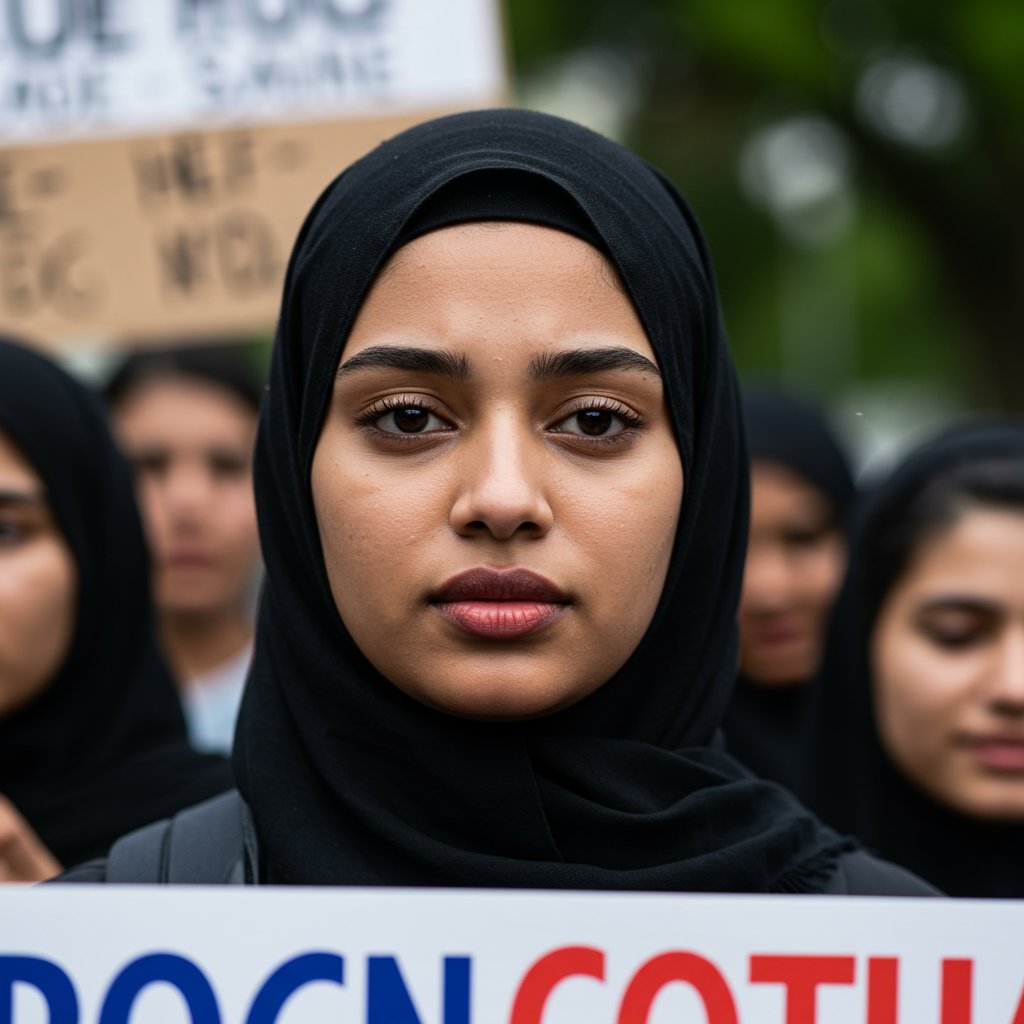
Conversely, in some countries, the mandatory imposition of the veil has turned the act of not wearing it into a symbol of protest and a fight for personal autonomy. This complex duality highlights the profound power invested in these garments. The head covering sits at the intersection of deeply personal choice and public political discourse. It can be a tool of feminist empowerment, allowing women to reject the male gaze and define beauty on their own terms. It is a testament to the fact that the meaning of a head covering is not inherent in the cloth itself, but in the context and the agency of the woman who wears it.
The world of head coverings is a vibrant and dynamic sphere of fashion and artistry. The rise of the multi-billion dollar modest fashion industry, fueled by social media and innovative designers, has transformed the headscarf from a simple covering into a sophisticated style statement. The choice of fabric is paramount, affecting the drape, comfort, and occasion-appropriateness of the style. Silks and chiffons offer an elegant, fluid look perfect for formal events, while soft jerseys and cottons provide everyday comfort and ease of styling. Premium woven voiles and modal fabrics have also become popular for their breathability and luxurious feel.
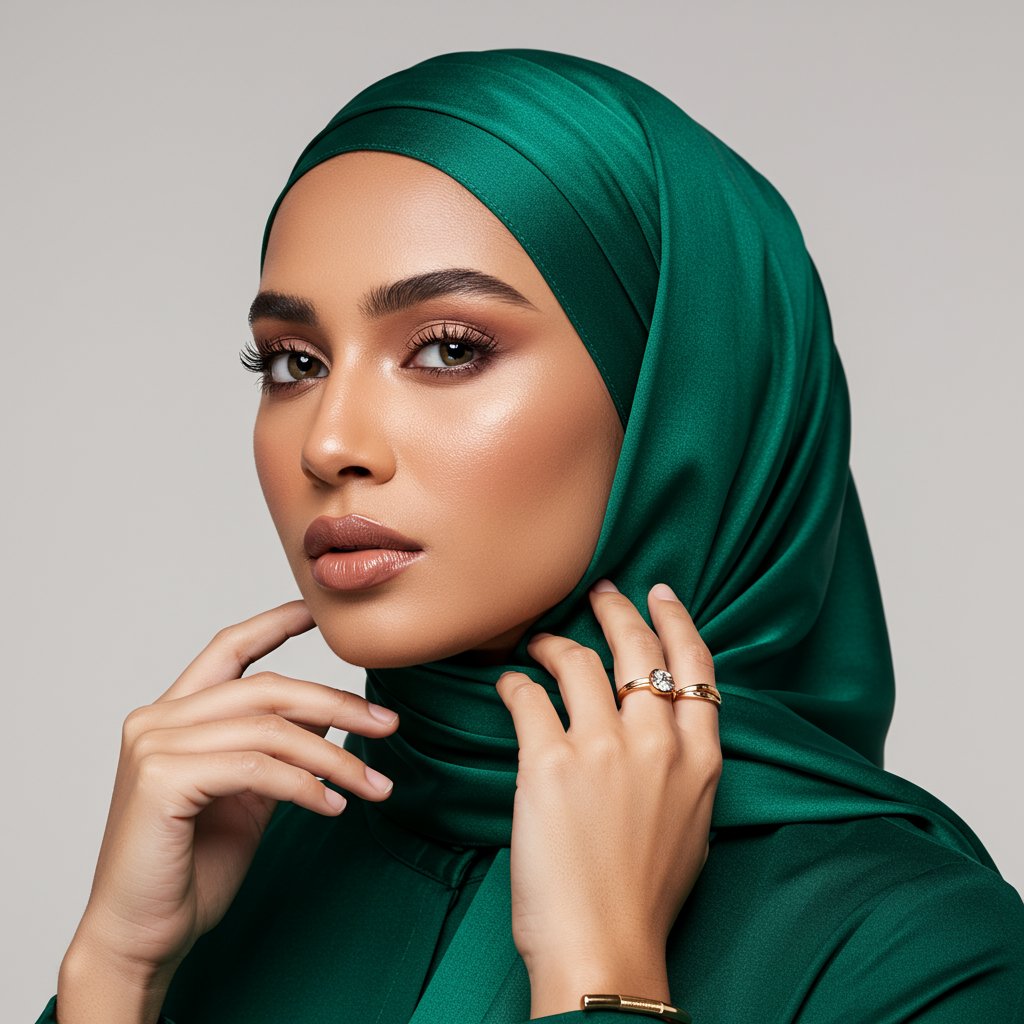
Styling techniques are as diverse as the cultures they come from. The simple, draped Emirati style offers a chic and effortless look. The more structured, voluminous Turkish style creates a polished, formal silhouette. Malaysian styles often incorporate intricate pleats and pins for a secure and decorative finish. Social media platforms like Instagram and TikTok have become global runways, where influencers share tutorials and inspire millions with creative new ways to wrap, drape, and accessorize their scarves. This modern evolution celebrates individuality, proving that modesty and high fashion are not mutually exclusive but can coexist in beautiful, creative harmony.
For those who wear head coverings daily, maintaining healthy hair and a balanced scalp is a top priority. While the covering provides protection from sun and environmental pollutants, it can also create a unique set of challenges if not managed properly. The enclosed environment can lead to a buildup of sweat and sebum, potentially causing scalp issues like dandruff or irritation. Furthermore, friction from certain fabrics or tying the scarf too tightly can lead to traction alopecia, characterized by hair thinning and breakage around the hairline.

Prioritizing hair health is an essential act of self-care. It begins with choosing the right materials. Lightweight, natural, and breathable fabrics like cotton, silk, or bamboo are far superior to synthetic materials like polyester, as they allow air to circulate and prevent moisture from being trapped against the scalp. Wearing a soft underscarf or cap made of silk or satin can provide a protective barrier, reducing friction and protecting delicate edges. A dedicated hair care routine, complete with regular cleansing, deep conditioning, and scalp treatments, is not a luxury but a necessity. Professional salons can play a vital role, offering services like clarifying scalp facials and intensive hydration masks that address the specific needs of covered hair, ensuring it remains as healthy and vibrant as the identity it lies beneath.
Caring for your hair under a head covering is a beautiful ritual of self-love. By incorporating a few key practices into your routine, you can ensure your hair remains strong, lustrous, and healthy.
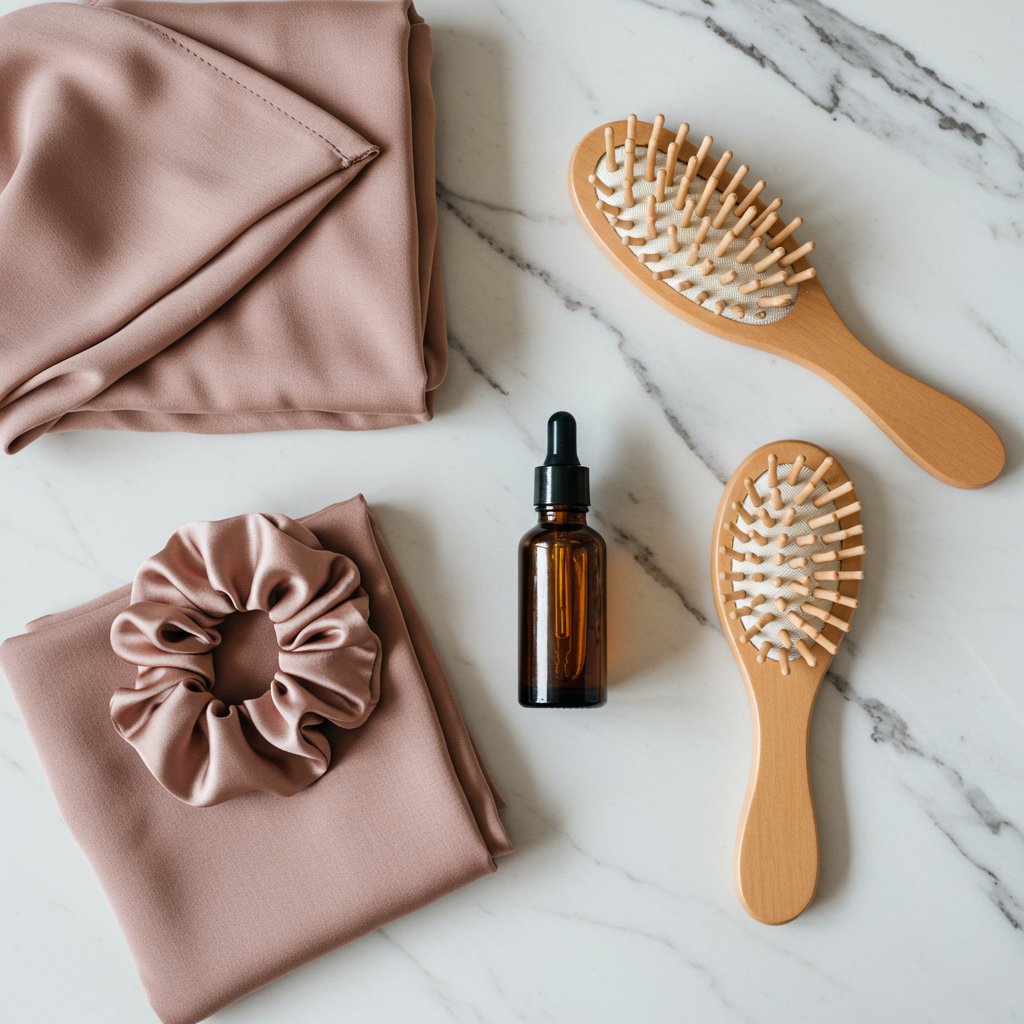
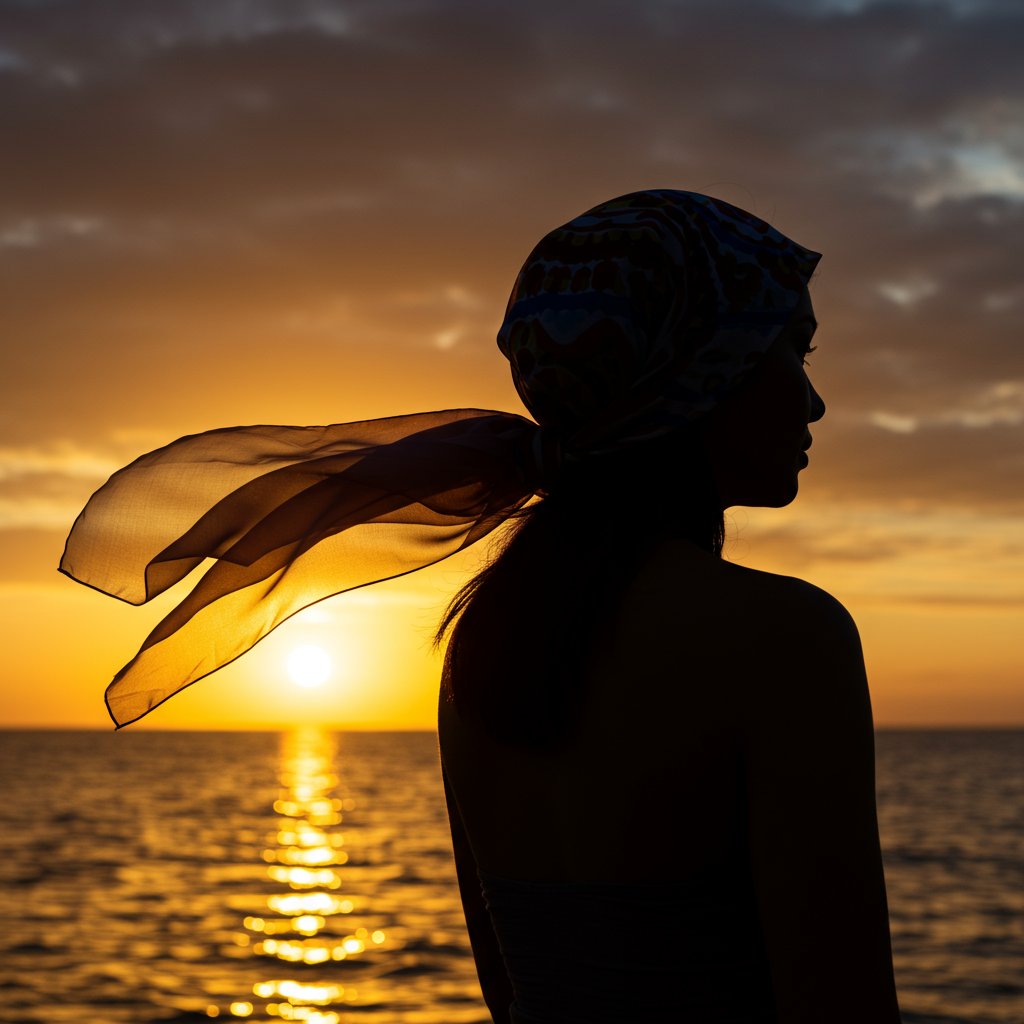
The cultural significance of the hijab and head coverings is a testament to the rich diversity of human expression. These garments are not monolithic; they are deeply personal symbols imbued with faith, heritage, resistance, and style. From the ancient traditions of veiling for status to the modern hijabi fashion influencer, head coverings tell a complex and evolving story. They challenge us to look deeper, to listen to the voices of the women who wear them, and to appreciate beauty in all its forms.
Ultimately, understanding these traditions is about respect and recognition. It's about acknowledging that every individual's journey with their identity is unique. Whether hair is displayed openly or covered reverently, the foundation of true beauty lies in health, confidence, and the freedom to express one's authentic self. By celebrating these diverse expressions, we create a more inclusive and understanding world where every story is honored, and every form of beauty is seen.
Download our app to instantly see how you'd look with any hairstyle or color
Get the App
12 min read

12 min read

14 min read